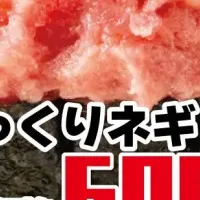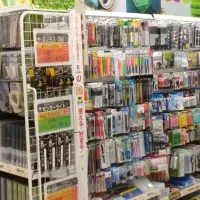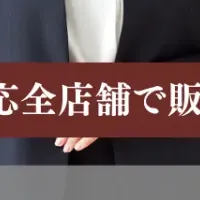
Projected Growth of the Global Hydrogen Peroxide Market to Reach $2.11 Billion by 2030
The Rising Hydrogen Peroxide Market
The hydrogen peroxide market is witnessing significant growth, with projections indicating an increase from USD 1.48 billion in 2024 to USD 2.11 billion by 2030, reflecting a compound annual growth rate (CAGR) of 6.2%. This surge is largely driven by the expanding applications of hydrogen peroxide across diverse industries, thanks to its robust oxidizing properties and eco-friendly nature.
Key Drivers of Market Growth
The escalating demand for hydrogen peroxide largely originates from its applications in various sectors. In particular, the pulp and paper industry employs hydrogen peroxide for chlorine-free bleaching processes, thereby promoting sustainable practices. Since the onset of the pandemic, the need for surface disinfection has surged, further bolstering the demand for hydrogen peroxide in cleaning and sanitizing products. Additionally, there’s an increasing necessity for high-purity hydrogen peroxide solutions within electronics and semiconductor sectors for precision cleaning purposes. Meanwhile, the push for green chemical alternatives in industrial processing and water treatment continues to foster market growth.
Market Segmentation
The hydrogen peroxide market can be segmented based on product concentration, function, application, and geography:
Product Concentration
- - Less than 30%: Mainly used in consumer and residential products, such as personal care items and home disinfectants. This concentration is favored for its safe performance in low-hazard applications.
- - 30%-50%: This segment is expected to experience notable growth, particularly in industrial applications like textile bleaching, water treatment, and food processing, balancing efficiency and safety.
Functionality
Hydrogen peroxide serves multiple roles:
- - Disinfectant: Its strong antimicrobial properties make it essential in healthcare, food, and public sanitation sectors.
- - Bleaching Agent: Dominant in pulp, paper, and textile manufacturing, it is an eco-friendly alternative to chlorine bleaches.
Applications
The applications of hydrogen peroxide are also quite extensive:
- - Pulp & Paper: Predominantly utilized for the deinking of recycled paper and bleaching processes.
- - Wastewater Treatment: Plays a crucial role in breaking down organic contaminants and enhancing water clarity.
- - Electronics & Personal Care: Growth is also driven by its applications in electronic manufacturing and hygiene products.
Geographical Insights
The Asia Pacific region is forecasted to capture 40.3% of the global hydrogen peroxide market revenue by 2024. Countries like China and India see rapid industrialization and urbanization, resulting in increased consumption of hydrogen peroxide across various sectors, including textile and water treatment. The region’s market dynamics are further fueled by supportive government regulations promoting sustainable practices.
Major Industry Players
Leading companies in the hydrogen peroxide market include:
- - Solvay S.A. (Belgium): Dominates the market with diverse concentrations and grades tailored for various applications.
- - Evonik Industries AG (Germany): Known for high-purity and specialty-grade hydrogen peroxide, with a strong focus on eco-friendly solutions.
- - Arkema S.A. (France): A notable producer serving the semiconductor and pharmaceutical industries while ensuring safety and environmental compliance.
These companies continuously innovate and expand their operations to meet the growing demand, as seen with Solvay's recent expansion of its chemical site in China to produce higher volumes of hydrogen peroxide for photovoltaic applications. Similarly, Evonik's acquisition of Thai Peroxide aims to broaden its specialty-grade product range.
Future Perspectives
The hydrogen peroxide market is on the brink of substantial growth, spurred by its versatile applications and environmentally friendly characteristics. Industries are increasingly recognizing the importance of sustainable and low-toxicity chemicals, which positions hydrogen peroxide as a preferred choice. Although challenges such as safety regulations, raw material fluctuations, and compliance issues remain, stakeholders who invest in R&D and focus on niche markets may realize significant growth and operational improvements. As industries pivot towards greener solutions, the hydrogen peroxide sector offers lucrative opportunities for innovation and sustainability in chemical production practices.
In conclusion, the forecasted growth of the hydrogen peroxide market to USD 2.11 billion by 2030 not only signifies robust market conditions but also presents a chance for industries to enhance their practices towards sustainability while addressing the increasing consumer demand for environmentally safe products.
Topics Consumer Products & Retail)










【About Using Articles】
You can freely use the title and article content by linking to the page where the article is posted.
※ Images cannot be used.
【About Links】
Links are free to use.